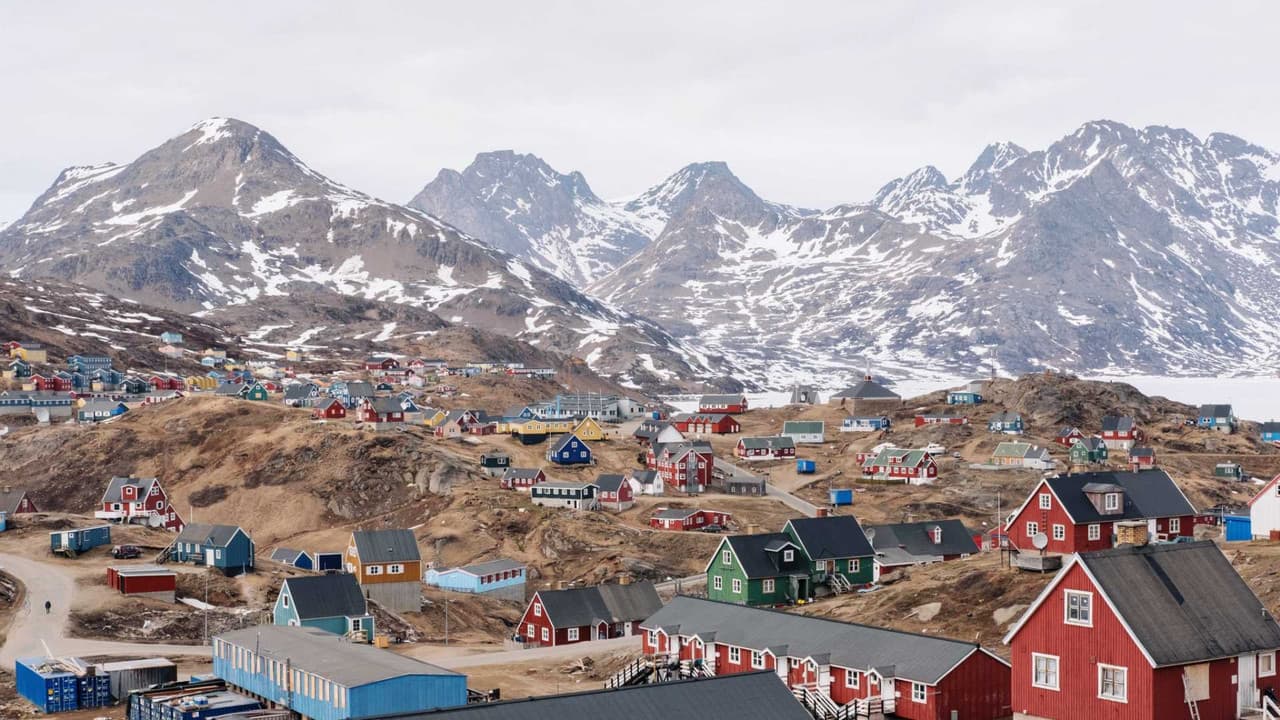Greenland's labor market operates under a framework designed to protect the rights and ensure fair treatment of employees. This system is influenced by Danish labor law principles but adapted to the specific conditions and agreements prevalent in Greenland. Employers operating in Greenland must navigate these regulations to ensure compliance and foster positive working relationships. Understanding the core aspects of worker protections is essential for any company employing individuals in the territory.
The legal framework covers various facets of employment, from the initial contract to termination, working conditions, and mechanisms for resolving disputes. Adherence to these standards is not only a legal requirement but also crucial for attracting and retaining talent in Greenland's unique environment.
Termination Rights and Procedures
Employment contracts in Greenland can be terminated by either the employer or the employee, subject to specific rules regarding notice periods and grounds for dismissal. Termination must generally be based on valid reasons related to the employee's conduct, performance, or operational requirements of the business. Unfair dismissal can lead to legal challenges and compensation claims.
Notice periods are typically stipulated in collective agreements or individual employment contracts, but statutory minimums apply if no other agreement is in place. The length of the notice period often depends on the employee's length of service.
| Employee Seniority | Minimum Notice Period (Employer) | Minimum Notice Period (Employee) |
|---|---|---|
| Up to 6 months | 1 week | 1 week |
| 6 months - 3 years | 1 month | 1 month |
| 3 years - 6 years | 3 months | 1 month |
| 6 years - 9 years | 4 months | 1 month |
| 9+ years | 5 months | 1 month |
Note: Longer notice periods may apply based on specific collective agreements or individual contracts.
Summary dismissal without notice is generally only permissible in cases of serious misconduct by the employee.
Anti-Discrimination Laws and Enforcement
Greenlandic law prohibits discrimination in employment based on several protected characteristics. Employers are required to treat all employees and job applicants equally throughout the employment lifecycle, including recruitment, terms and conditions of employment, promotion, training, and termination.
Protected characteristics typically include:
- Race
- Color
- Religion or belief
- Political opinion
- Sexual orientation
- Age
- Disability
- National origin or social origin
- Family responsibilities
- Pregnancy or maternity
Employees who believe they have been subjected to discrimination can seek recourse through internal company procedures, union representation, or by filing a complaint with relevant authorities or pursuing legal action.
Working Conditions Standards and Regulations
Regulations govern various aspects of working conditions to ensure fair treatment and prevent exploitation. These include rules on working hours, rest periods, holidays, and leave.
Key standards often covered include:
- Working Hours: Limits on daily and weekly working hours, including rules for overtime.
- Rest Periods: Requirements for daily and weekly rest breaks.
- Annual Leave: Entitlement to paid annual leave, typically based on length of service.
- Public Holidays: Entitlement to time off or compensation for work on public holidays.
- Sick Leave: Rights regarding paid leave during illness.
- Parental Leave: Provisions for leave related to childbirth and childcare.
While there isn't a single statutory minimum wage covering all sectors, minimum wages are often established through collective bargaining agreements which cover a significant portion of the workforce.
Workplace Health and Safety Requirements
Employers have a legal duty to ensure a safe and healthy working environment for their employees. This involves identifying and mitigating risks, providing necessary safety equipment, and implementing safety procedures.
Employer obligations include:
- Conducting risk assessments.
- Implementing measures to prevent accidents and occupational diseases.
- Providing adequate training and instruction on health and safety.
- Ensuring machinery and equipment are safe.
- Maintaining appropriate welfare facilities.
- Reporting workplace accidents and incidents.
Employees also have responsibilities, such as following safety instructions and using provided safety equipment correctly. Regulatory bodies oversee compliance and can conduct inspections.
Dispute Resolution Mechanisms
When workplace issues or disputes arise, several avenues are available for resolution. The specific process often depends on the nature of the dispute and whether the employee is covered by a collective bargaining agreement.
Common mechanisms include:
- Internal Procedures: Many companies have internal grievance procedures for employees to raise concerns.
- Union Involvement: Trade unions play a significant role in Greenland's labor market. Employees who are union members can seek assistance and representation from their union in resolving disputes with their employer. Unions often negotiate directly with employers or employer organizations.
- Mediation and Negotiation: Parties may engage in mediation or negotiation, sometimes facilitated by unions or employer associations.
- Labor Courts/Legal System: If disputes cannot be resolved through other means, they may be brought before the labor court system or the general courts for a binding decision.
Employees have the right to seek advice and representation when facing workplace issues and to pursue legal action if they believe their rights have been violated.
Employ top talent in Greenland through our Employer of Record service
Book a call with our EOR experts to learn more about how we can help you in Greenland







Book a call with our EOR experts to learn more about how we can help you in Greenland.
Trusted by more than 1000 companies around the globe



